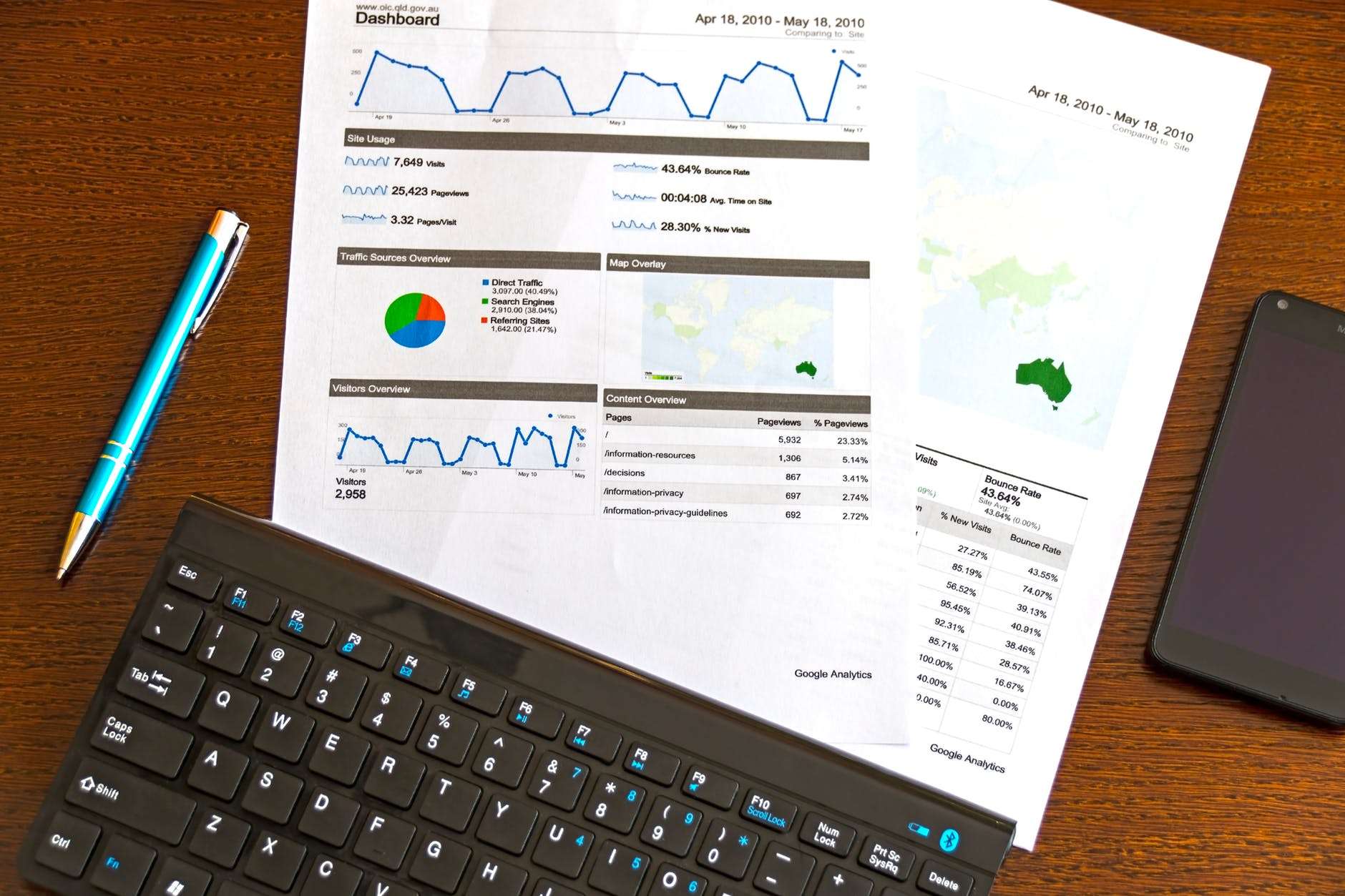5 Tried Tested Ways to Improve Client Reporting Process

How much time do you spend writing and sending client reports? For many agencies, this process takes several hours weekly per client. Does this mean you should stop sending client reports? Of course not. Client reporting is a significant part of your client relationships. It builds trust with them and shows how you’re helping them achieve the desired results. Above all, your clients will be able to track their progress faster. Therefore, you just need to learn how to optimize and streamline your client reporting processes.
However, just providing a client with a bunch of data in a spreadsheet is not enough. Reports need to be easy to understand, answering your clients’ questions. Above all, they need to be sent consistently, on-brand, and easy-to-follow.
In this brief guide, we present you with 5 simple but effective ways to improve client reporting processes.
1. Set Goals and Metrics Together
Talk to your client openly. Now, the key purpose of client reports is to prove that you’re helping clients achieve the desired milestones. So, for starters, you will need to talk to your clients about their goals. If you notice that their objectives are not realistic, talk to them, provide explanations, and help them set more objective goals. This is important for a simple reason – the goals you and your clients set together are the foundation of your reporting strategy. They determine what metrics you will choose to track the results of your campaigns and what tactics you will use to achieve results.
The same applies to metrics. A client may provide you with a list of metrics they want you to track. However, there are many metrics out there. They may overwhelm your clients. Not knowing what to track, they may focus on vanity metrics that make them feel good about their results but don’t tell them anything specific about their actual progress. In social media marketing, for example, these could be social media likes or shares. This is where you need to talk to your clients and provide the guidance they need. Explain what KPIs will help them measure goals. You should also explain the idea and purpose of each metric you will include in the report. This is an educational aspect of the reporting process that will certainly gain clients’ trust and show that you really know what you’re talking about.
By agreeing about the metrics you will track to measure success, you will make sure you’re on the same page and make the entire reporting process more consistent and relevant.
2. Schedule Reports
One of the most critical steps towards building a successful reporting process is to streamline your client reports. When sending consistent and r scheduled reports, you will build stronger relationships with your clients and make sure that your conversation is moving forward. For them, this means that you’re working on their campaigns regularly and that you’re making progress.
That’s where automating reports with reporting software can help. Reporting tools also let you create on-brand and relevant dashboards for each client and automate the reporting process. You just need to set the reporting frequency and the tool will send reports for you, ensuring your loyal clients get updates regularly.
Now, client reports are usually sent weekly, monthly, or quarterly. Delivering monthly reports is often a good option for agencies. Quarterly reports are less transparent and relevant to clients wanting to see their progress more frequently, while weekly reports may annoy your clients and harm your open rates.
Of course, you should talk to your clients about the frequency of sending reports. If a client wants to receive weekly reports, you should meet their expectations. Establishing the pace for your reporting processes is critical, as it increases the consistency of your interactions. Knowing what kind of reports they’re receiving and when they’re receiving them, your clients will be more likely to open your emails and read your reports thoroughly. Above all, you will automate your communication, reducing the need for ad hoc meetings or videoconferencing.
3. Keep your Reports Simple and Readable
The mere fact that a client is hiring you means that they’re not experts in your niche. Keep this in mind when creating reports. By packing your client reports with a bunch of technical jargon, complicated terms, and long lists of statistics your clients don’t understand, you will only frustrate them. If they don’t understand the report, they cannot value the effort you invested to help them achieve a certain goal. Worse yet, they may start thinking that you’re hiding behind complicated industry terms and statistics to mask your incompetence.
So, rather than spamming your reports with lots of data, focus on simplifying them and adapting them to your clients’ specific needs and levels of knowledge. Focus on the most relevant metrics only. Avoid technical jargon and industry-specific terms. Use simple, clear, and unambiguous language to present results. Explain all metrics, KPIs, statistics, charts, etc. Above all, your explanations should be straightforward and simple, while your sentences should be short.
Apart from your writing style, you should also focus on the design of your reports. Remember that your content and data are crucial to your clients. Any design element, from colors to typography, should support your content. For starters, make your reports legible and easier to digest. Break the text down into smaller paragraphs, use bulleted lists, and write informative headings and subheadings that will help clients find data easier. You should also visualize your data – use charts and graphs to make your statistics more compelling and easier to understand. The most important data should have a prominent position in the report, so your goal is to find the perfect ratio when combining your text and visuals.
4. Shorten your Reports
When creating reports, put yourself in your clients’ shoes. Their inboxes are flooded with a bunch of emails. don’t want to waste time reading long reports. No matter how gorgeous and insightful your they are, your clients may decide not to open them. That’s why you should shorten your reports and make them easier to follow, communicate, and digest. Instead of using spreadsheets with a many columns and rows, provide single-screen dashboards. With reporting tools, you can combine widgets from multiple tools to outline the KPI’s you’ve specified and create relevant, single-page dashboards for each client. This way, they can access their data in real-time. Immediacy is critical for client satisfaction.
5. Communicate Regularly and Be Ready to Change
You cannot expect your clients to understand everything written in your reports. They’re always going to ask questions and ask you to make changes. That’s where, again, reporting software can help. You will be able to create interactive dashboards for your clients so they can track their data in real-time. Above all, they will ask questions and ask you to make changes at any point.
For you, this is an amazing opportunity to solidify client relationships. Encourage clients to provide feedback and ask questions regularly. Knowing what they feel about your tactics and strategies, you will be able to address their needs easier. Above all, you will prove that you’re open to change and that you value your clients’ opinions and insights.
Over to You
Just like I’ve mentioned above, client reporting builds trust with your clients and encourages their loyalty. That’s why you need to build your reports around specific metrics and goals. Schedule your reports according to your clients’ needs, invest in a clear and responsive design, and use simple language. To increase your reporting consistency, save time, and automate most of your tasks, consider investing in a reporting software.















Leave a Reply